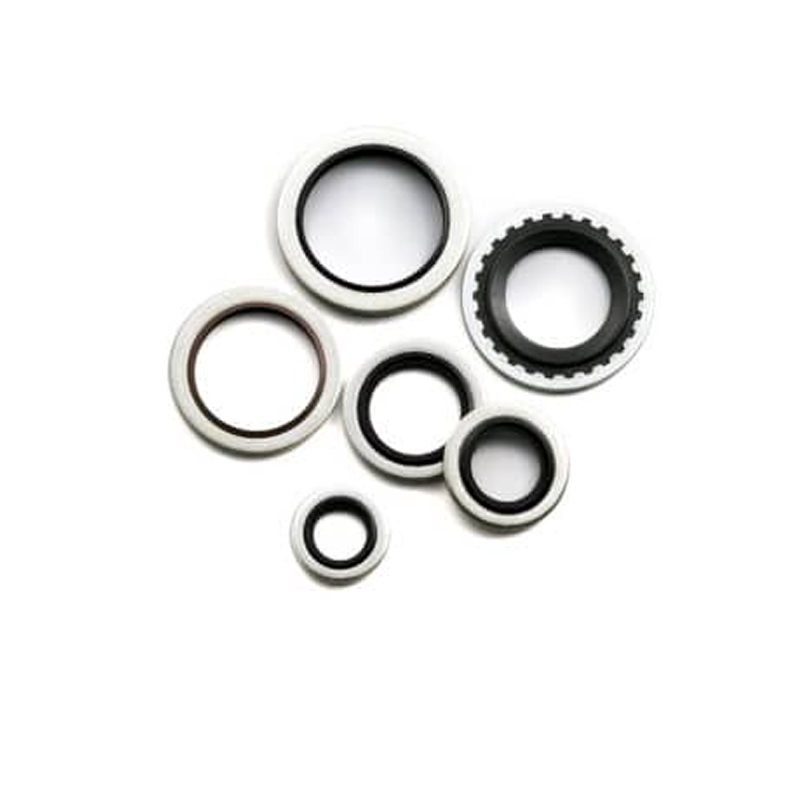Understanding the Importance of Crank Oil Seals in Engine Performance and Maintenance
Understanding the Importance of Crank Oil Seals in Engine Performance
In the complex world of engine mechanics, the crank oil seal, often overlooked, plays a pivotal role in maintaining the efficiency and performance of an engine. This small yet crucial component is responsible for preventing oil leaks from the engine's crankshaft, ensuring that the lubricants remain where they are needed most. In this article, we will explore the significance of crank oil seals, their functions, common issues that arise, and tips for maintenance and replacement.
What is a Crank Oil Seal?
The crank oil seal is a sealing device that is located at the front and/or rear of the crankshaft. Its primary function is to keep oil contained within the engine while preventing contaminants such as dirt, dust, and moisture from entering. Made typically from durable materials like rubber or silicone, these seals are engineered to withstand high temperatures and pressures associated with engine operation.
Functions of the Crank Oil Seal
The main functions of the crank oil seal include
1. Containment of Engine Oil The seal creates a barrier that keeps engine oil from leaking out. Proper lubrication is critical to engine performance, and any loss of oil can lead to severe damage and reduced efficiency. 2. Protection Against Contaminants Besides containing oil, the seal also protects the internal engine components from external pollutants that could harm engine performance. Keeping these contaminants out is essential for the longevity of the engine.
3. Maintaining Pressure The crank oil seal helps in maintaining the necessary pressure within the engine. This pressurization is crucial for proper lubrication, helping to minimize friction between moving parts.
Common Issues with Crank Oil Seals
Despite their importance, crank oil seals can deteriorate over time, leading to a range of issues. Some common problems associated with crank oil seals include
1. Oil Leaks A primary symptom of a failing crank oil seal is an oil leak. If you notice oil pooling under your vehicle or stains on the engine block, it could indicate that the seal has worn out and is no longer effective.
crank oil seal

2. Increased Engine Noise A failing seal can result in increased noise due to inadequate lubrication of the moving parts. If you notice that your engine runs louder than usual, it may be time to inspect the crank oil seal.
3. Contaminated Oil If the seal has deteriorated, contaminants might enter the oil system, leading to reduced oil quality. This condition can cause further damage to the engine and may necessitate more extensive repairs.
4. Unusual Engine Behavior A compromised seal can lead to erratic engine performance, decreased fuel efficiency, and a general lack of power. Such changes can be indicative of underlying issues, including potential seal failure.
Maintenance and Replacement
Maintaining the crank oil seal involves regular vehicle inspections and timely oil changes. During routine maintenance, mechanics often check the integrity of the oil seal, especially if there are signs of oil leaks or unusual noises.
If a crank oil seal needs to be replaced, it is crucial to ensure that the replacement seal is of high quality and compatible with your engine type. The process involves
1. Removing the Necessary Components Depending on the engine design, it may be necessary to remove the timing cover or other components to access the crank oil seal.
2. Installing the New Seal The new seal should be lubricated with a bit of engine oil before installation to prevent it from tearing during placement.
3. Reassembling the Engine After the new seal is installed, ensure that all components are reassembled correctly and that there are no leftover parts.
In conclusion, the crank oil seal is a small but vital component of an engine that requires attention during regular maintenance. By understanding its functions and recognizing the symptoms of failure, vehicle owners can take proactive measures to ensure their engines operate smoothly and efficiently. Regular inspections and timely replacements not only enhance performance but also prolong the lifespan of the engine, ultimately saving money and time in the long run.
-
Understanding the Front Main Engine Seal: Purpose, Maintenance, and Installation
News Jul.29,2025
-
Understanding O-Rings and Seal Rings: Types, Applications, and Custom Solutions
News Jul.29,2025
-
Understanding Crankshaft Oil Seals: Rear Seals, Pulley Seals, and Their Role in Engine Integrity
News Jul.29,2025
-
The Importance of Front and Rear Crankshaft Seals in Engine Performance and Oil Management
News Jul.29,2025
-
Crank Oil Seals: Functions, Types, and Cost Considerations in Engine Maintenance
News Jul.29,2025
-
A Comprehensive Guide to O-Rings and Seals: Types, Materials, and Global Applications
News Jul.29,2025
-
Mastering Diesel and Performance Engine Maintenance: A Guide to Critical Oil Gaskets
News Jul.28,2025
Products categories















